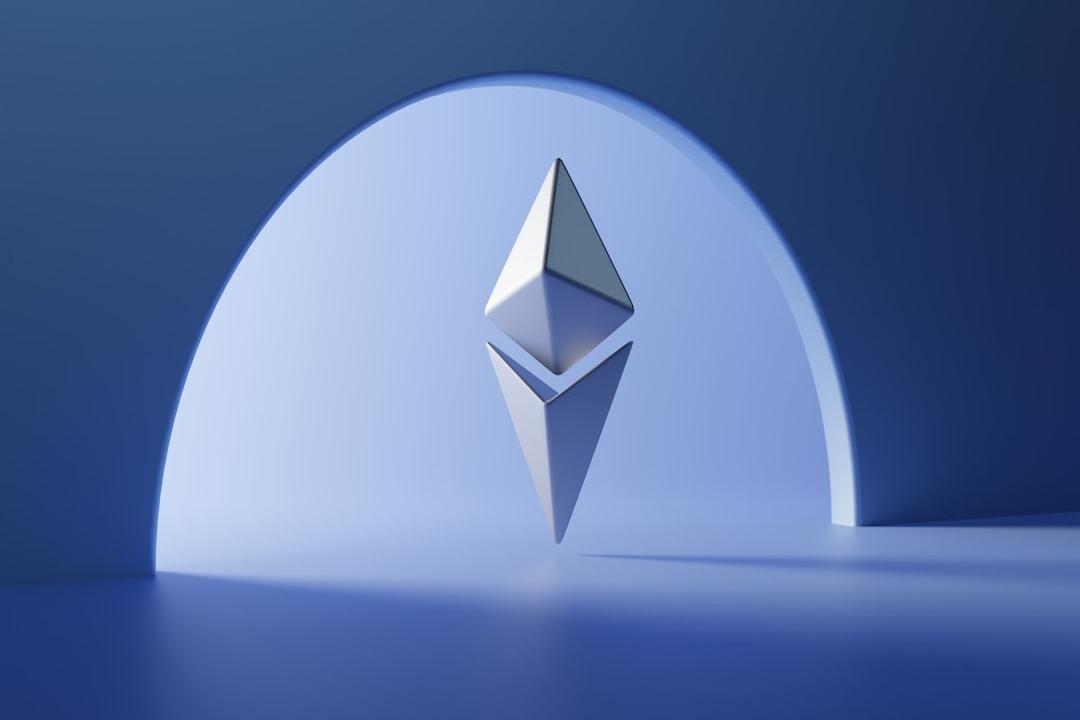Bitcoin’s Halving in 2024 has had a profound impact on the cryptocurrency ecosystem, with miner revenues continuing to rise and record-breaking transaction fees and bids for the collectible “Epic Sat”. CoinEx exchange auctioned off a collectible Epic Sat, making 840,000 blocks the most valuable batch of transactions in Bitcoin history. The launch of the Rune protocol in the 840,000th block has sparked a surge in OP_RETURN transactions, with 518K OP_RETURN on April 20th and a historical high of 799K on April 23rd. While Bitcoin mining remains relatively profitable, miners face challenges of decreasing revenues and increasing electricity costs. The market can absorb the selling pressure from miners after the halving, but the long-term effects are yet to be realized and demand will regain control, gradually fading the impact of the halving on the cryptocurrency narrative.
Title: Bitcoin’s Halving Aftermath
Authors: Parker Merritt & Tanay Ved
Source: CoinMetrix
Bitcoin’s halving in 2024 has been its most significant event in history, launching a new token protocol and putting pressure on the balance sheets of the billion-dollar industry.
Key Points:
– Between record-breaking transaction fees and massive bids for the collectible “Epic Sat,” miner revenues from the halving blocks totaled $4.7 million.
– The launch of the Rune protocol on block 840,000 has led to a surge in OP_RETURN transactions, with 518K OP_RETURN on 4/20 and a historical high of 799K on 4/23.
– Adjusting miner revenues for electricity consumption, miners now earn $13,000 per megawatt, close to the lowest level since the FTX crash in 2022.
Introduction:
Following its predetermined monetary policy, Bitcoin underwent its fourth halving at block 840,000, reducing block rewards from 6.25 BTC to 3.125 BTC. Understanding the aftermath of the halving is crucial as it has profound effects on the miner economy, mining pools, and the entire Bitcoin ecosystem. This week’s network status study explores the consequences of Bitcoin’s recent halving of block rewards, building upon our previous analysis in SOTN Issue #255.
Halving Buzz:
Bitcoin’s halving is the most meticulously planned event in the cryptocurrency industry, with the emission schedule hard-coded since the birth of the Bitcoin network. However, there were still many unanswered questions before the Bitcoin halving: Can the mining industry withstand this change? Can transaction fees offset the decrease in mining revenues? What are the implications for the broader Bitcoin community?
While block subsidies were expected to be halved by 50% at block 840,000, a series of fees afterward temporarily alleviated concerns about mining revenue. ViaBTC mining pool received the largest bonus, earning 37.63 BTC in transaction fees due to the sudden influx of bids to ensure allocation of one of the earliest blocks of the era.

Source: Coin Metrics ATLAS & Transaction Tracker
Between the 3.125 BTC block subsidy and the 37.63 BTC fee, ViaBTC has earned a significant amount of revenue by mining the halving blocks – however, this block was particularly profitable due to the “Epic Sat.” Besides supporting NFT-style collectibles, the Ordinals protocol provides a somewhat arbitrary rarity rating for individual satoshis (the smallest subunit of Bitcoin, 0.00000001 BTC). While the market value of a single SAT is a fraction of a cent, the “Epic Sat” was designated as the first SAT in the halving block, giving it significant (subjective) value as only four have been mined in Bitcoin history.
As the lucky pool that caught the halving block, ViaBTC isolated the newly minted Epic Sat and auctioned it on CoinEx, an exchange operated by ViaBTC’s CEO. After three days of bidding, the collectible was sold for 33.3 BTC (approximately $2.1 million), making 840,000 blocks the most valuable batch of transactions in Bitcoin history.

Source: Coin Metrics ATLAS
The Epic Sat has made a significant contribution to ViaBTC’s earnings, but a series of subsequent blocks continued to see record-breaking miner revenues. Apart from a massive “fat finger” fee mistakenly paid by Paxos in block 818,087 – later refunded by AntPool – the top 20 blocks (and 88 out of the top 100 blocks) in terms of total revenue were all mined on the first day of the fifth epoch of Bitcoin.
The Rune Saga:
Since its launch in 2023, Ordinals and Incredibles have been the main drivers of miner transaction fee revenue. However, in the halving block, a new meta-protocol joined the fray. The Rune Token Standard (another invention by Ordinals creator Casey Rodarmor) was officially launched in block 840,000, bringing a new wave of on-chain speculation to Bitcoin.
From a technical perspective, Runes aims to improve early efforts to peg ERC-20-style fungible tokens to the Bitcoin blockchain. While Incubator was initially designed to support on-chain NFTs, the fixers quickly repurposed the technology to create “BRC-20,” embedding JSON-formatted text into transactions as the mechanism for token creation and transfer. BRC-20s like ORDI quickly swelled to a market cap of $1 billion and were listed on exchanges like Binance and OKX.
While popular among speculators, BRC-20s were widely mocked for being technically inelegant, bloating the blockchain and requiring complex indexing solutions. To bridge these gaps, Runes completely bypassed Incidents and leveraged the OP_RETURN field that has long existed in Bitcoin to encode compact token protocol messages. Within 24 hours of Runes’ release on March 20th, Bitcoin set a new daily record of 518.6K OP_RETURN outputs, later breaking 798.7K OP_RETURN on March 23rd.

Source: TxStats
The excitement around Runes after the halving was fervent, with 97% of fees in the 840,000th block used to secure a spot as one of the earliest carvings. In the world of on-chain collectibles, there is a prestigious aura as one of the first projects to launch. The Rune 840000:1 carver (also known as Z·Z·Z·Z·Z·Z·FEHU·Z·Z·Z·Z) offered miners 6.73 BTC to claim the first slot of the Halving block. This gamble seems to have paid off as “FEHU” is now the highest-valued Rune, with a market cap of $2.4 billion. The scale of Rune revenue has decreased but remains a significant contributor to miner income, accounting for around 50% of fees per block in the past week.

Source: Coin Metrics ATLAS
Since the protocol’s launch on the halving block, miners have earned a total of 2,000 BTC in Rune fees. Nearly half of this was earned within the first 24 hours of Rune’s debut, and momentum has stabilized in less than five days. However, Runes is still in its early stages, and miners benefit from a slight increase in income as highly anticipated projects enter the market. In block 842,166, the winner of ViaBTC’s auction linked the Epic Sat with a new Rune called EPIC·EPIC·EPIC, stimulating a surge in fees for four hours as speculators minted their 50 million token shares.

Source: Coin Metrics ATLAS
While Runes has been seen as a failure, with waning interest failing to match the hype surrounding the halving, the Ordinals ecosystem has spent several months building the infrastructure necessary for meaningful liquidity. Runes has yet to be validated in the form of listings on major exchanges, primarily trading on niche collectible platforms. Meanwhile, miners can’t hold their breath – with revenues decreasing to life-or-death levels, the industry needs to reevaluate assumptions about forward-looking profitability.
With the decrease in block rewards and the increase in electricity costs, miners face increased financial pressure. The weekly hash rate has dropped from 650 EH/s to 577 EH/s, a decrease of 11.2%, indicating miners are evaluating the feasibility of operating at stricter profit margins. However, Bitcoin’s recent -5.62% difficulty adjustment – the largest downward adjustment since the end of 2022 – will alleviate some pressure by reducing the work required to mine new blocks.

Source: Coin Metrics Network Data Pro & MINE-MATCH
Conclusion:
The reduction in Bitcoin’s issuance is the most predictable event in the cryptocurrency world, but the 2024 halving is a notable event for several reasons. The mining industry has reached an unprecedented scale, with millions of dollars invested in hardware and infrastructure. Many large-scale operations are questioning their ability to sustain in the face of fee insufficiency. New protocols like Runes offer a catalyst to increase revenue, but these markets are still immature, leaving significant gaps in assumptions about mining profitability.
As for the impact on market structure, the adjustment has been “priced in” to some extent over the years. However, liquidity indicators show that miner selling pressure has weakened, with issuance far below the threshold required to meaningfully drive BTC prices. Nonetheless, the long-term effects are yet to be realized – while future performance cannot be guaranteed, Bitcoin’s most significant appreciation periods have often occurred in the months following halvings. For now, demand has returned to the driver’s seat, gradually fading the impact of the halving on the cryptocurrency narrative.
Tags:
2023 market trends
BRC
Coin Metrix
DATA
Rune
Halving
Bitcoin
Miners
Source link:
https://news.marsbit.cc/20240516055525710495.html
Note: All articles on Bitpush represent the author’s views and do not constitute investment advice.
Original article link:
https://www.bitpush.news/articles/6733668
Related News:
NYDIG: Futures data highlights traders’ positions
Research: Where are we in this bull market cycle?
[Bitpush Daily Market Dynamics] Long and short anxiety, options data suggests BTC will continue to adjust in the short term
Bitcoin trend reverses dramatically
Why are meme coins no different from governance tokens?


